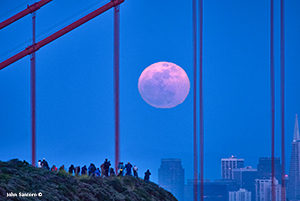June 2017 – Welcome again to HDR News! Something very rare is going to happen over the United States this summer. It’s a total solar eclipse that will start in Oregon, traverse the country and exit land on the coast of South Carolina. Eclipse fanatics will travel half-way around the world and into the remotest locations to maximize their viewing and photographing of a full solar eclipse. This issue of HDR News is dedicated to celestial photography, starting with a valuable eclipse shooting guide followed by tips on how to find the exact right location to be when it all happens on August 21, 2017. For starters check out NASA’s eclipse website HERE.
How To Shoot a Solar Eclipse And Not Go Blind
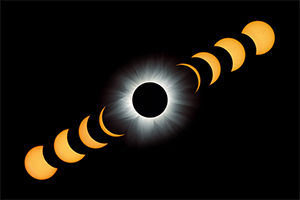 You surely know that a solar eclipse happens when the moon blocks the light of the sun from hitting certain areas of the earth. But, there’s a truck load of information about solar eclipses that you probably don’t know: annular eclipses, hybrid eclipses and more. All of them except the total eclipse at its max will fry your retinas. This great page on the Nikon website lays out for you everything you need to get the shot and see your loved ones after.
You surely know that a solar eclipse happens when the moon blocks the light of the sun from hitting certain areas of the earth. But, there’s a truck load of information about solar eclipses that you probably don’t know: annular eclipses, hybrid eclipses and more. All of them except the total eclipse at its max will fry your retinas. This great page on the Nikon website lays out for you everything you need to get the shot and see your loved ones after.
Check out this comprehensive article HERE.
Find Your Exact Eclipse Location And See The Shadow Snakes!
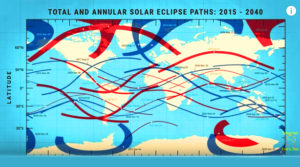 The next total solar eclipse in August 2017 will make it’s path across the United States, perhaps for the last time in our lifetimes. But did you know that you won’t see the maximum total eclipse unless you are standing in EXACTLY in the right position. Want to find out how to find that position with satellite accuracy? This is your video.
The next total solar eclipse in August 2017 will make it’s path across the United States, perhaps for the last time in our lifetimes. But did you know that you won’t see the maximum total eclipse unless you are standing in EXACTLY in the right position. Want to find out how to find that position with satellite accuracy? This is your video.
See this valuable video HERE.
Shoot The Moon
If shooting the su isn’t your thing, shooting the moon effectively just may be a good way to get started with photographing the sky. This article covers placing the moon in your photo using a composite workflow but it also shows you purists how to shoot the moon naturally so it doesn’t look like a tiny dot in your image.
Check it out HERE.
Where To Find The Darkest Skies In The U.S. For Serious Stargazing
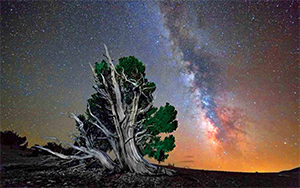 Did you ever want to ride a spacecraft into space and see planets like Jupiter up close and personal? This is the next best thing. It’s NASA’s Eyes On The Solar System. It’s an interactive visualization app that you download from the NASA website that takes you on a ride along with the Juno spacecraft in real-time at any time during the entire mission. This is incredible.
Did you ever want to ride a spacecraft into space and see planets like Jupiter up close and personal? This is the next best thing. It’s NASA’s Eyes On The Solar System. It’s an interactive visualization app that you download from the NASA website that takes you on a ride along with the Juno spacecraft in real-time at any time during the entire mission. This is incredible.
Get the app and a great experience HERE.
Images From The Juno Mission – NASA’s Eyes On The Solar System
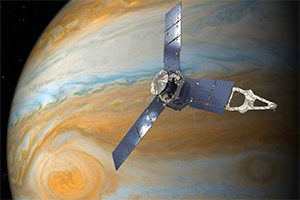 Did you ever want to ride a spacecraft into space and see planets like Jupiter up close and personal? This is the next best thing. It’s NASA’s Eyes On The Solar System. It’s an interactive visualization app that you download from the NASA website that takes you on a ride along with the Juno spacecraft in real-time at any time during the entire mission. This is incredible.
Did you ever want to ride a spacecraft into space and see planets like Jupiter up close and personal? This is the next best thing. It’s NASA’s Eyes On The Solar System. It’s an interactive visualization app that you download from the NASA website that takes you on a ride along with the Juno spacecraft in real-time at any time during the entire mission. This is incredible.
Get the app and a great experience HERE.
